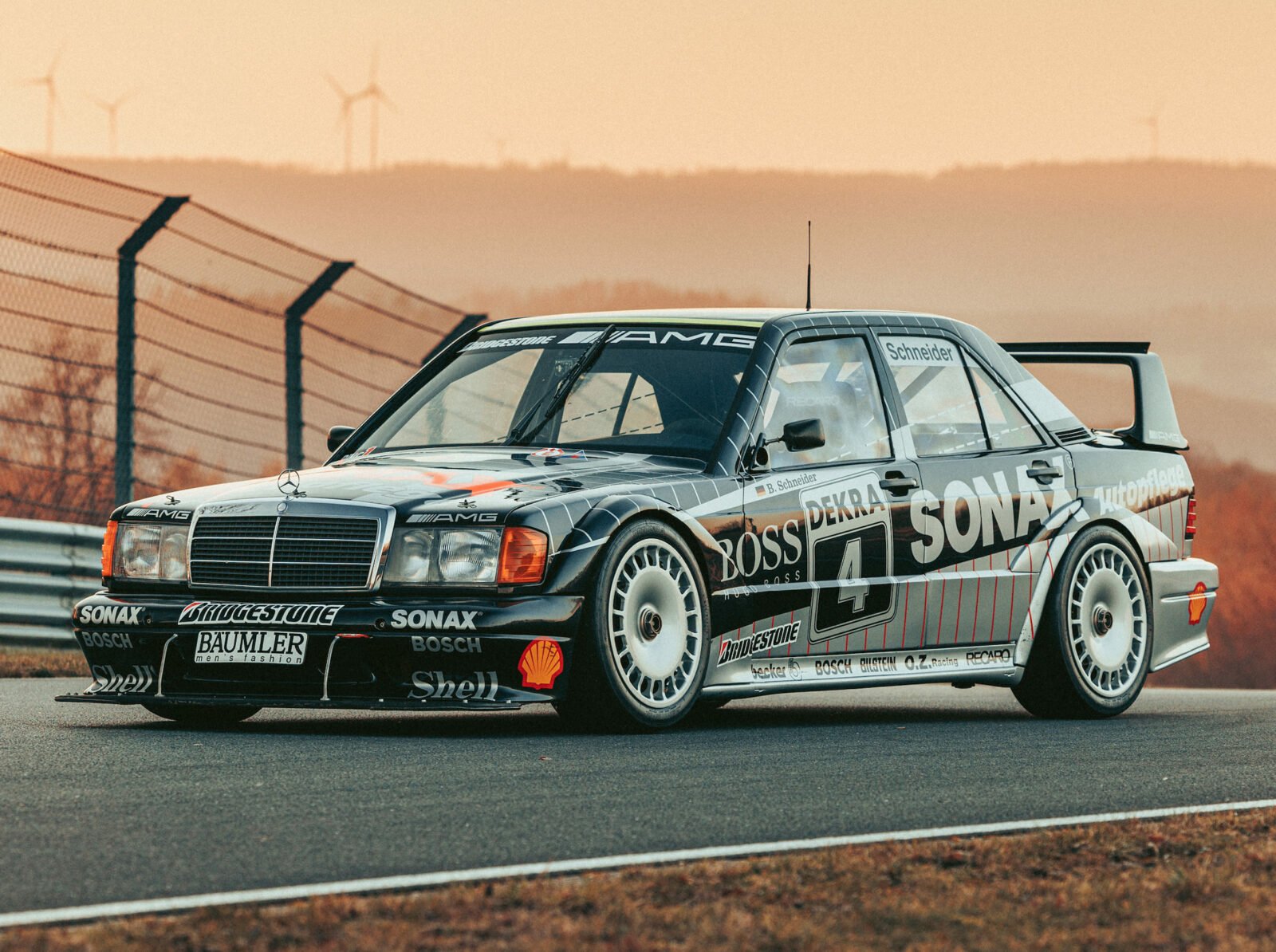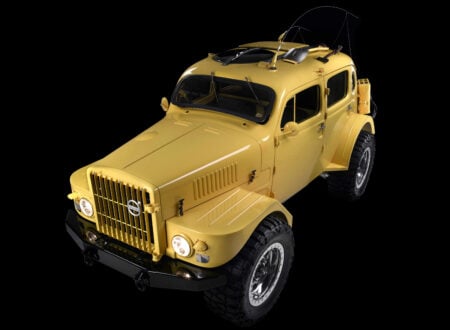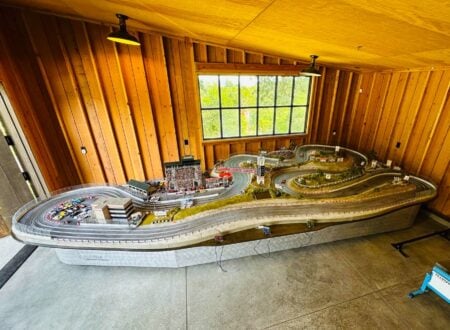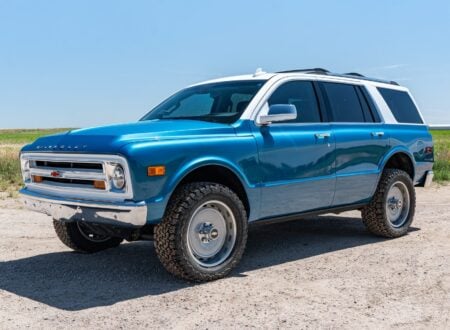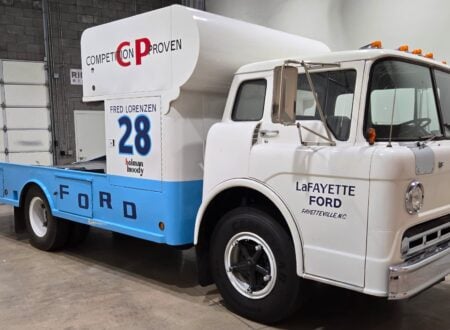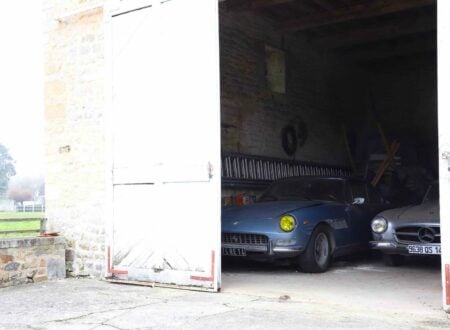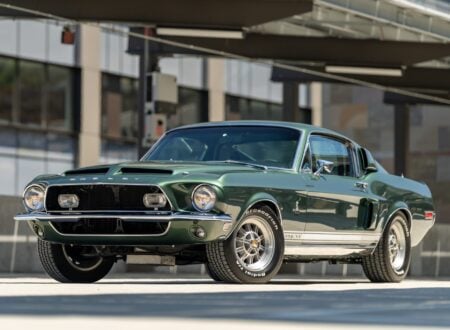This is the rather lengthily-named AMG-Mercedes 190 E 2.5-16 Evolution II DTM Gruppe A. Its racing history is similarly substantial – it’s one of four Evo IIs entered by AMG-Mercedes in the 1992 DTM Championship and it was driven to four wins by DTM icon Bernd Schneider.
The Mercedes 190 E 2.5-16 Evolution II is one of the most memorable super sedans of the era. It was an arch rival of the legendary BMW E30 M3, and a long-time competitor in the rough and tumble world of Deutsche Tourenwagen Meisterschaft – German touring car racing.
Fast Facts – The Mercedes-Benz 190 E 2.5-16 Evolution II
- Mercedes-Benz introduced the 190 E in 1982 as part of its compact executive class, targeting a younger demographic with its fuel-efficient 2.0 liter petrol engine. The car represented an exciting balance of performance and economy. Two years later, in 1984, Mercedes-Benz launched the 190 E 2.3-16, a sportier version equipped with a Cosworth-engineered 2.3 liter 16-valve engine
- In response to stiff competition from BMW in the DTM, Mercedes-Benz debuted the 190 E 2.5-16 Evolution I in 1989. This model featured a larger 2.5 liter engine and significant aerodynamic and suspension improvements.
- In 1990, Mercedes-Benz unveiled the 190 E 2.5-16 Evolution II, commonly referred to as the Evo II. This model, although bearing a superficial resemblance to the Evolution I, incorporated numerous mechanical and aesthetic upgrades that transformed it into a dominant force on the track. The Evo II was a homologation special, with production limited to just 502 units.
- The Evo II’s 2.5 liter engine was heavily revised, boosting its power output to 232 bhp. The most significant changes were seen on the car’s exterior. An aggressive body kit, including a larger adjustable rear wing and wider wheel arches, improved aerodynamics and gave the Evo II its aggressive road presence.
Creating A Legend: Mercedes + Cosworth Go Racing
In modern Mercedes literature, the Cosworth development work on the Mercedes-Benz 190 E 2.5-16 Evolution II isn’t always placed front and center. Perhaps understandably, as the German automaker would likely rather everyone focus on their own in-house tuning firm AMG.
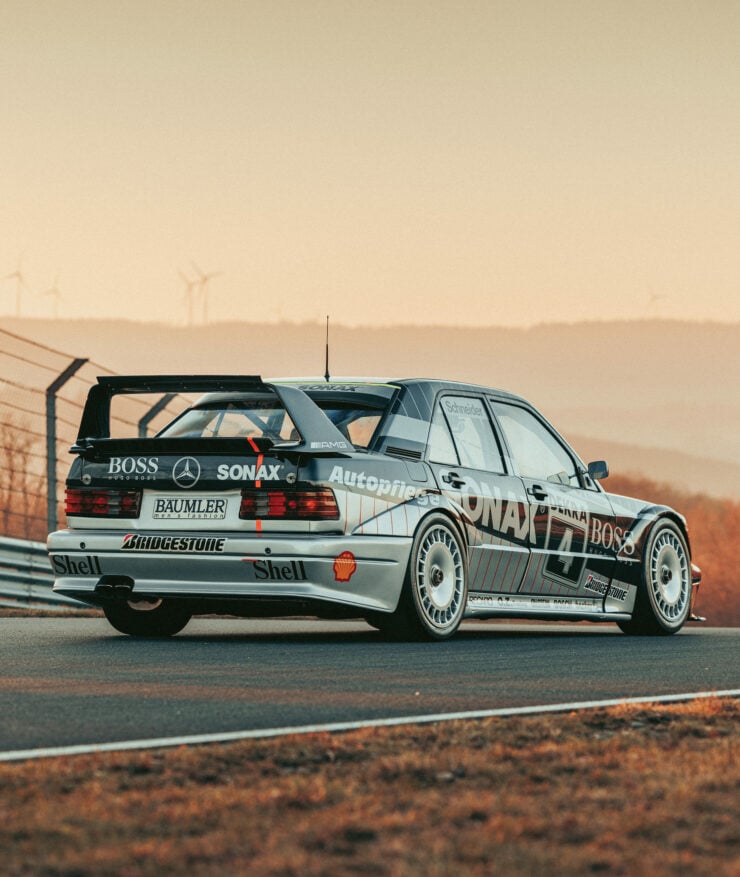

The truth of the matter is that Cosworth played an absolutely critical role in the development of the car, a vehicle that was initially intended for the world of rally before the Audi Quattro came along and quickly made all non-AWD cars almost obsolete.
Mercedes sensibly shifted their attention to the world of tarmac racing, the hard fought world of Deutsche Tourenwagen Meisterschaft in particular, often referred to simply as DTM. Due to homologation requirements a minimum number of road going cars had to be built, and as a result the world ended up with the original 190 E 2.3-16.
Development work on the engine for this car had been contracted out to British motorsport engineering firm Cosworth – arguably the most successful racing engine development company in world history.
The full list of race and championship winning engines developed by the company is far too long to post here, their reputation is such that Mercedes clearly went to them because they desperately wanted to win in DTM – over BMW in particular.
The Mercedes-Benz 190 E 2.5-16 Evolution II
Cosworth took the basic Mercedes M102 2.3 liter engine block and fitted it with a new head featuring dual overhead camshafts and four valves per cylinder, a design that allowed the engine to produce more power and rev higher. This engine produced 185 bhp, a substantial increase from the 136 bhp in the standard 190 E.
https://youtu.be/Jarh2TO8Jss
Above Video: This is the complete official review of the 1992 Deutsche Tourenwagen Meisterschaft season. It’s packed with racing action, it covers every race, and it has a full running time of an hour and twenty minutes.
Following the success of the 2.3-16 model, Mercedes-Benz and Cosworth collaborated again on the 190 E 2.5-16. The displacement was increased to 2.5 liters, allowing for more power and torque. This engine was initially developed for the Evolution I version and was then further refined for the Evolution II, where it produced a hefty 232 bhp.
The Evolution II, often just called the Evo II for the sake of brevity, wasn’t just fitted with this newly uprated engine. It was given a comprehensive new package of upgrades that made it substantially faster than either of its predecessors.
Professor Richard Eppler from the University of Stuttgart had led the team in charge of developing a new bodykit for the 190 E 2.5-16 Evolution II. It was extensively wind tunnel tested and fine tuned to reduce drag and to increase downforce.
The most notable elements of the bodykit were the addition of a large adjustable rear wing, wider wheel arches, a front air dam, and a rear window spoiler. The car looked like it could get you a speeding ticket while sitting in your driveway.
Just 500 examples of the Mercedes-Benz 190 E 2.5-16 Evolution II would be made and it would have the shortest production run in the series, running from 1990 to 1991 (the 1991 and 1992 model years respectively.)
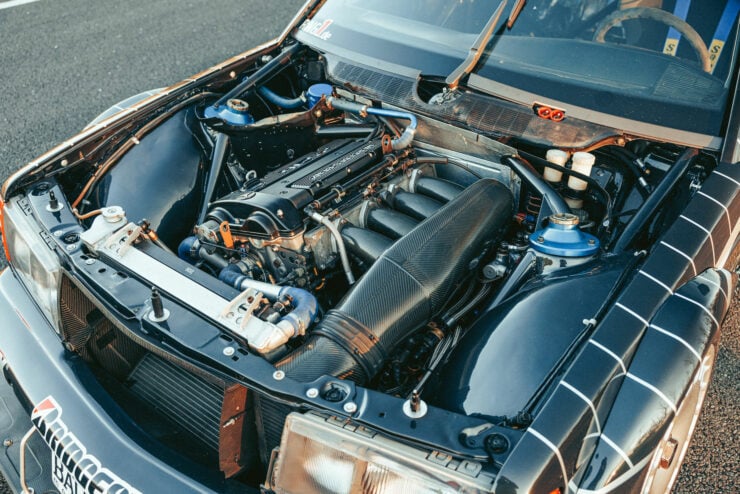

The very reason for the existence of the 190 E 2.3-16 and 190 E 2.5-16 had been Mercedes’ desire to add some shiny new crockery to the trophy cabinet – although the successes started out slowly they ended with a bang.
Mercedes-Benz’s first DTM title arrived in 1992 thanks to the dream team of drivers that had assembled including Bernd Schneider, Keke Rosberg, Ellen Lohr, and Klaus Ludwig who had been poached from Ford.
During the 1992 DTM season Mercedes won 16 of the 24 Championship rounds held, winning the Championship in no uncertain fashion and finally showing the true capability of the car that Mercedes and Cosworth had built.
The 190 E 2.5-16 Evolution II DTM Gruppe A Shown Here
The car you see here is unquestionably one of the most important examples of the 190 E 2.5-16 Evolution II in existence. It’s a highly modified DTM Gruppe A variant that was driven by Bernd Schneider to four wins in that dominant 1992 DTM season.
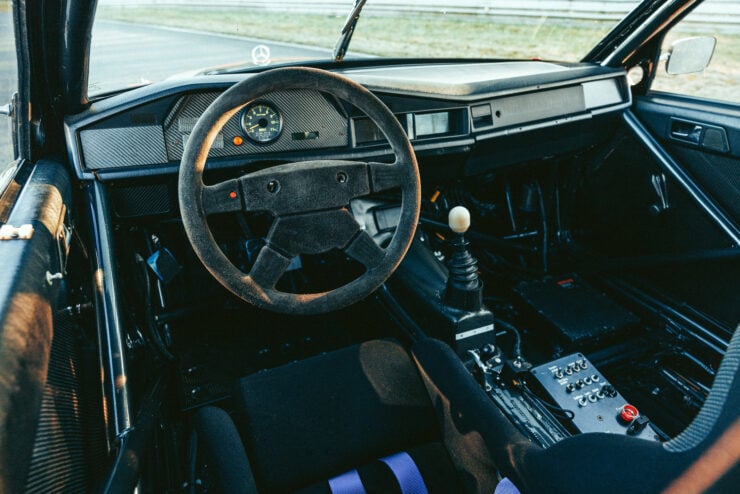

This car was entered into all 24 rounds of the 1992 season, claiming two 2nd places, two 3rd places, and seven fastest laps in addition to the outright wins. The car was then raced by the DTM Junior Team in the 1993 Championship where it took an additional nine top-10 finishes.
The car has remained in private ownership since 1996, and thankfully it’s in unmodified time-capsule condition.
It’s now due to roll across the auction block with RM Sotheby’s on the 20th of May with a price guide of $490,000 – $600,000 USD – you can visit the listing here if you’d like to read more about it or register to bid.
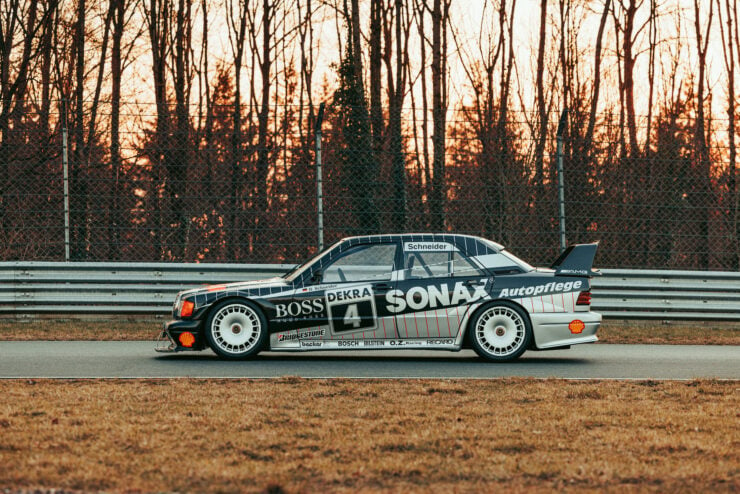
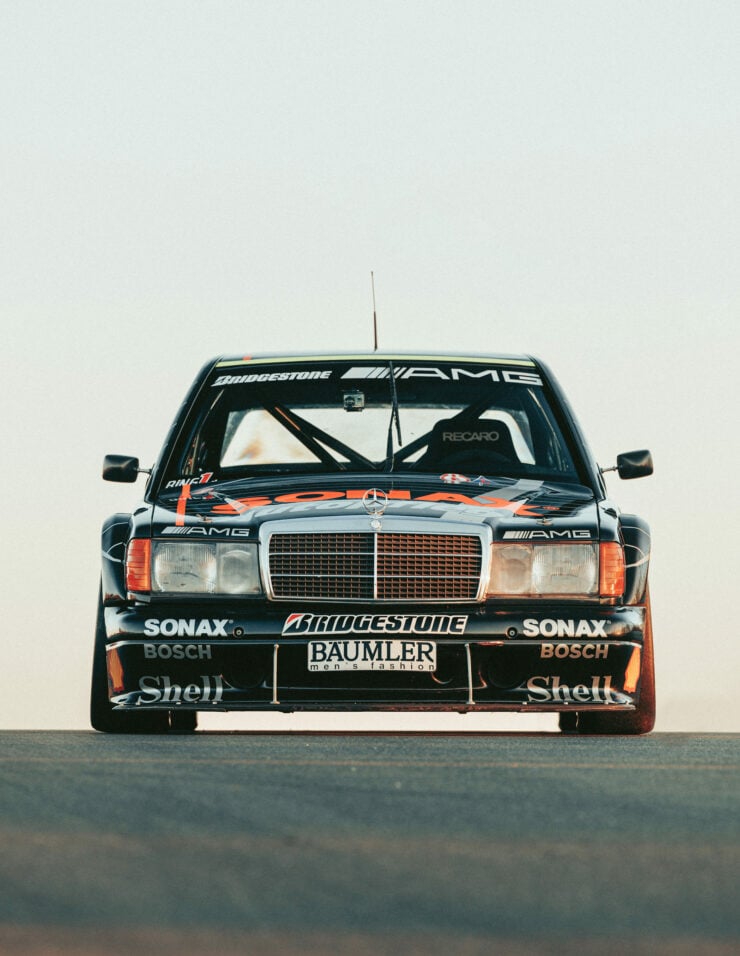
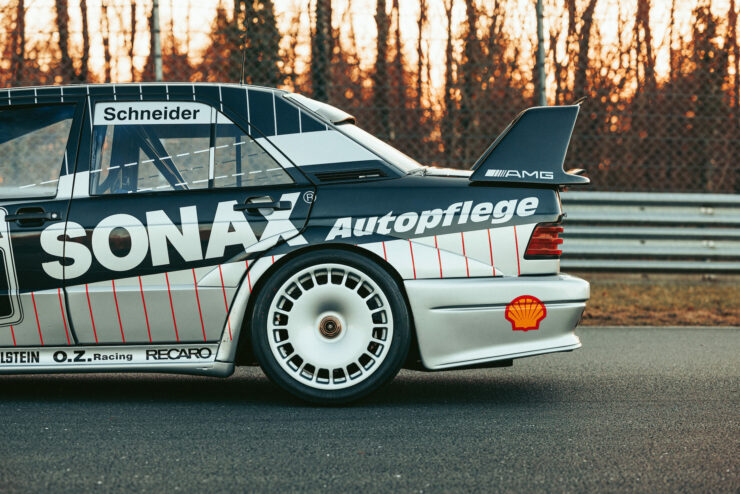
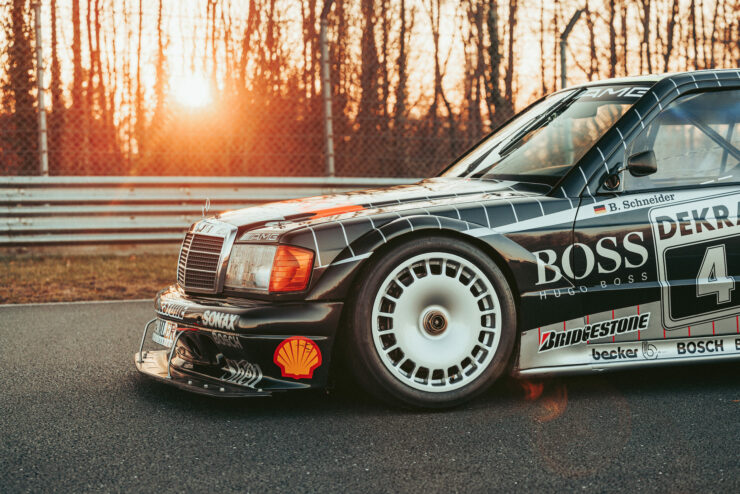
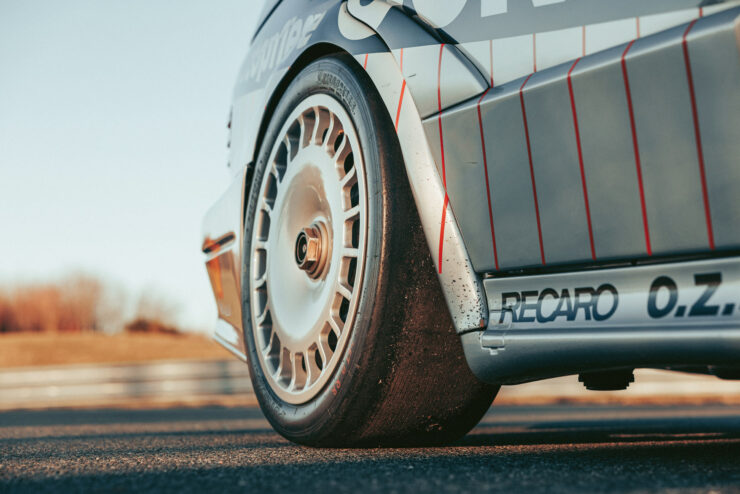
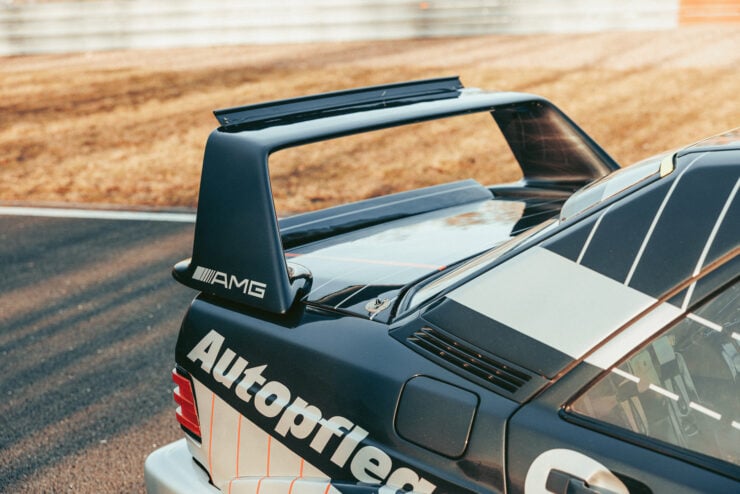
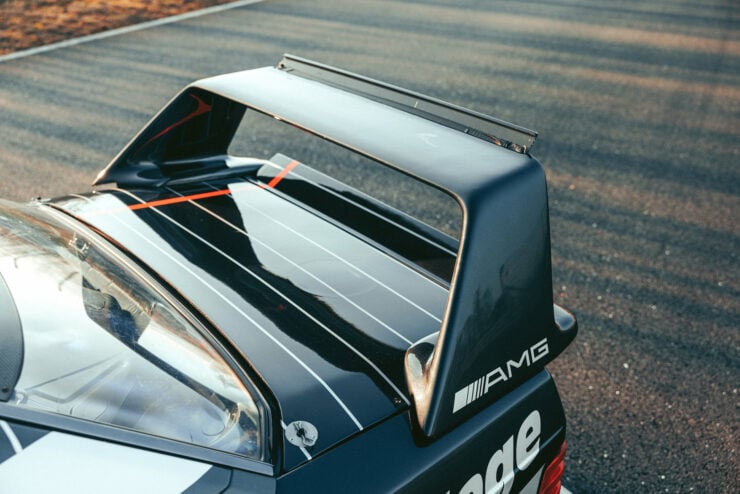
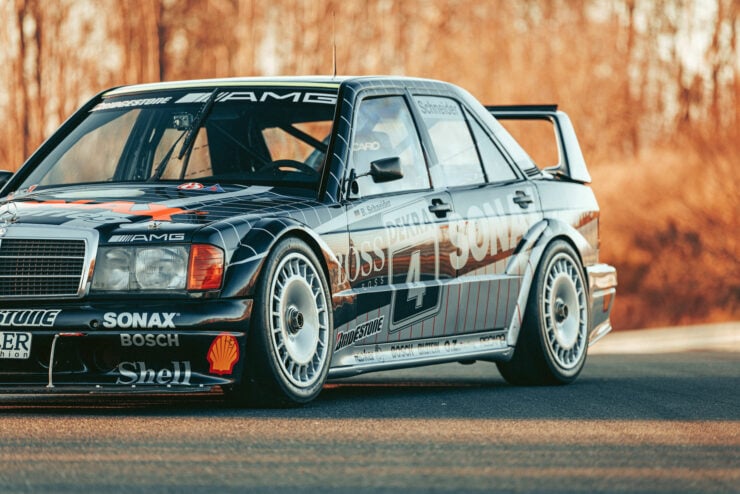
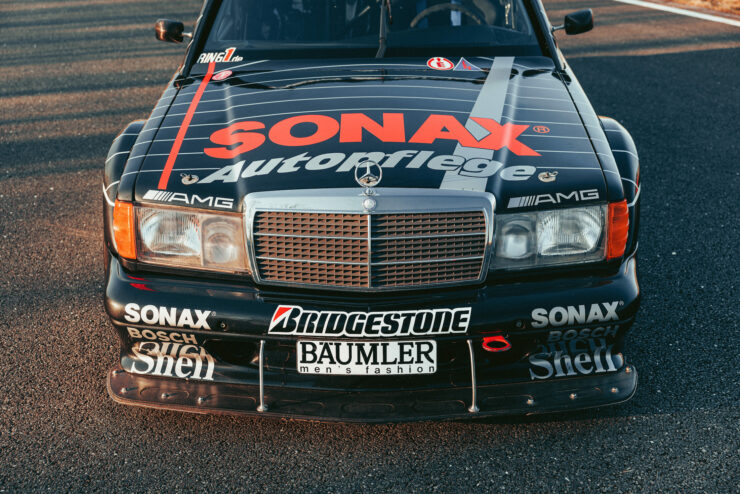
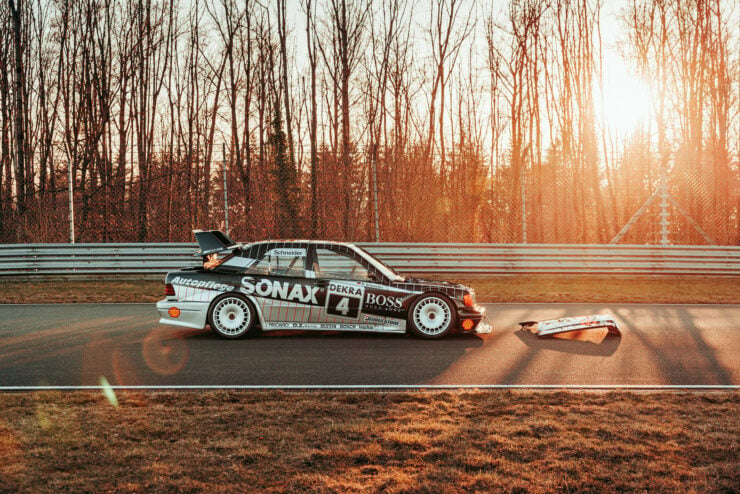
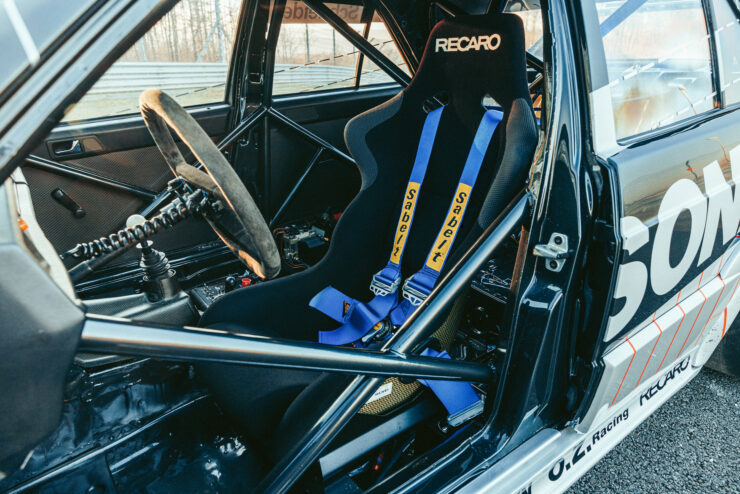
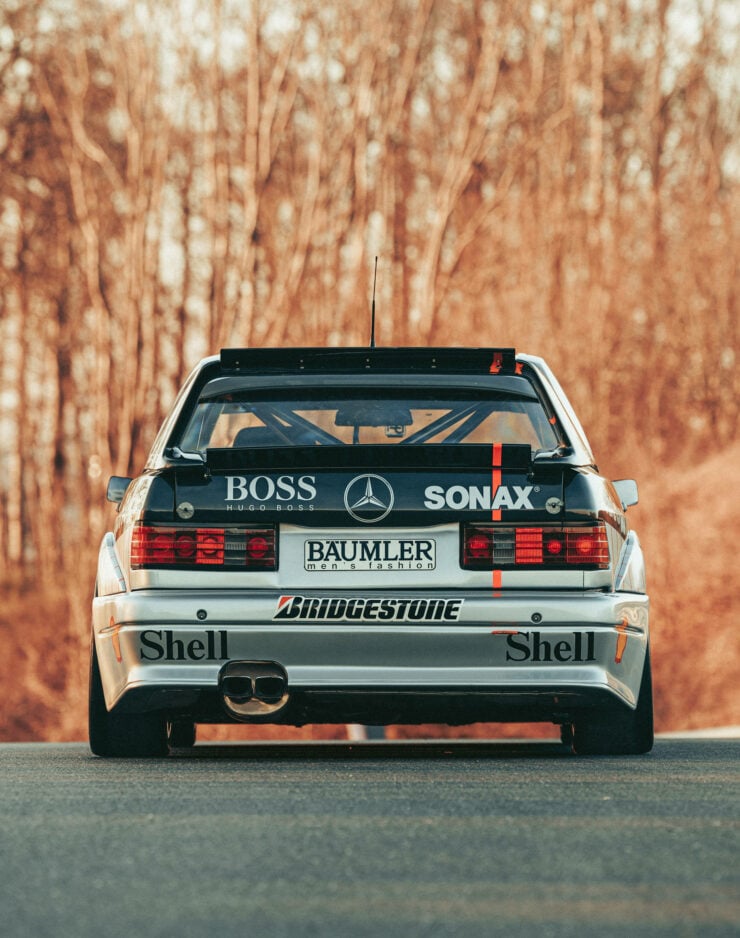
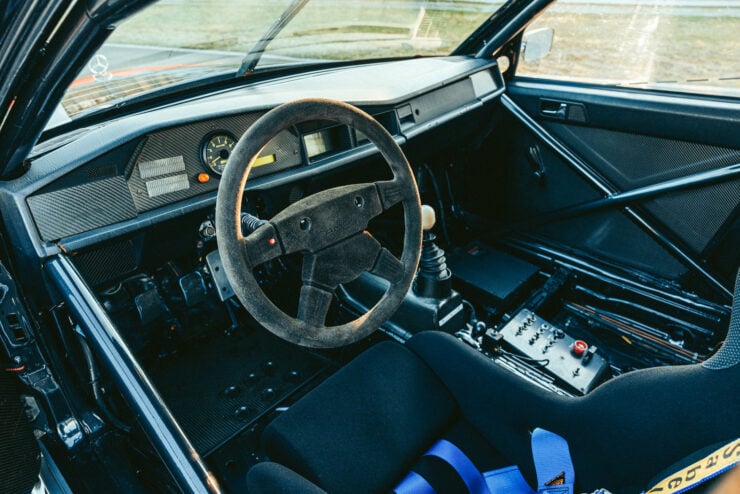
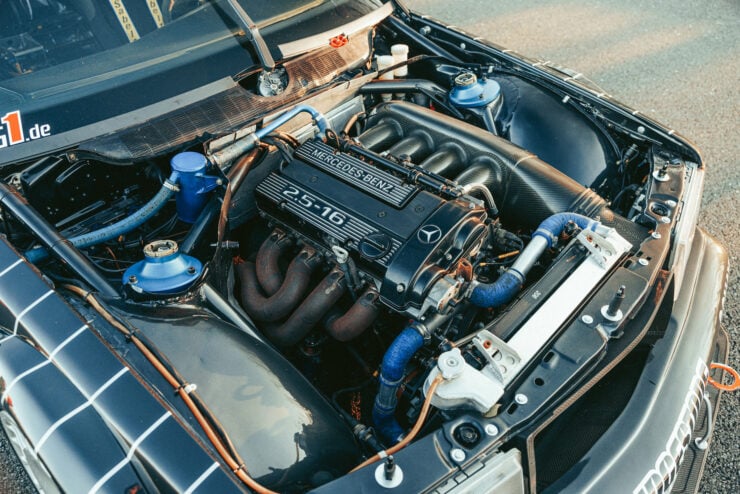
Images: Keno Zache ©2022 Courtesy of RM Sotheby’s

